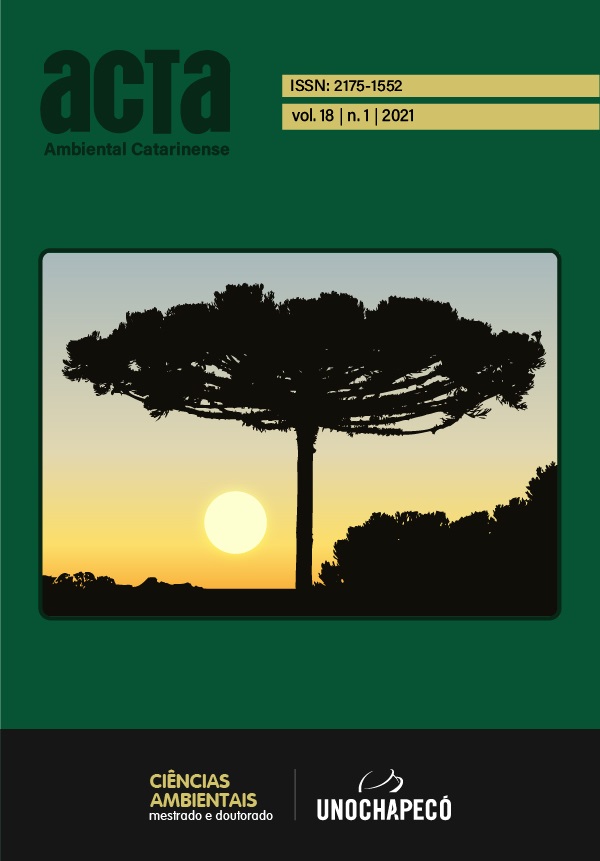Ultraviolet radiation as a technological alternative for paper industry effluent disinfection
DOI:
https://doi.org/10.24021/raac.v18i1.5840Keywords:
efluente papeleiro, desinfecção, coliformes totais e Escherichia coli.Abstract
Brazilian paper industry stands out in the world being among the largest producers. However, along with the great paper production is the generation of large volume of liquid effluents. One of the treatment alternatives for these effluents is the association with domestic effluent, which promotes the dilution of toxic compounds and the supply of nutrients for the treatment, but it also presents some disadvantages such as the incorporation of pathogenic microorganisms in the final effluent. Therefore, this study evaluates the ultraviolet radiation as an alternative for the disinfection of paper industry effluent in a wastewater treatment plant (WWTP) that receives both industrial wastewater and domestic sewage combined. Parameters such as liquid layer thickness, exposure time to the radiation and disinfection efficiencies were evaluated using the following indicator microorganisms of fecal contamination: Escherichia coli (E. coli) and total coliforms (TC). The thickness of liquid layers studied did not influence the disinfection efficiency and the obtained results were satisfactory from the microbiological point of view, attaining efficiency removal of 99.96 % and 100 % for TC and E. coli, respectively. As a result, it was obtained a final high-quality effluent, meeting the requirements foreseen by the current environmental laws and showing potential for reuse.
Downloads
Published
Issue
Section
License
Copyright (c) 2021 Revista Acta Ambiental Catarinense

This work is licensed under a Creative Commons Attribution-NonCommercial-NoDerivatives 4.0 International License.
Estou ciente de que, em sendo aprovado, a publicação do artigo será no formato on-line no Portal de Periódicos da Unochapecó.Também tenho ciência de que há autorização para assumir contratos adicionais separadamente, para distribuição não-exclusiva da versão do trabalho publicada nesta revista (ex.: publicar em repositório institucional ou como capítulo de livro), com reconhecimento de autoria e publicação inicial nesta revista.
















